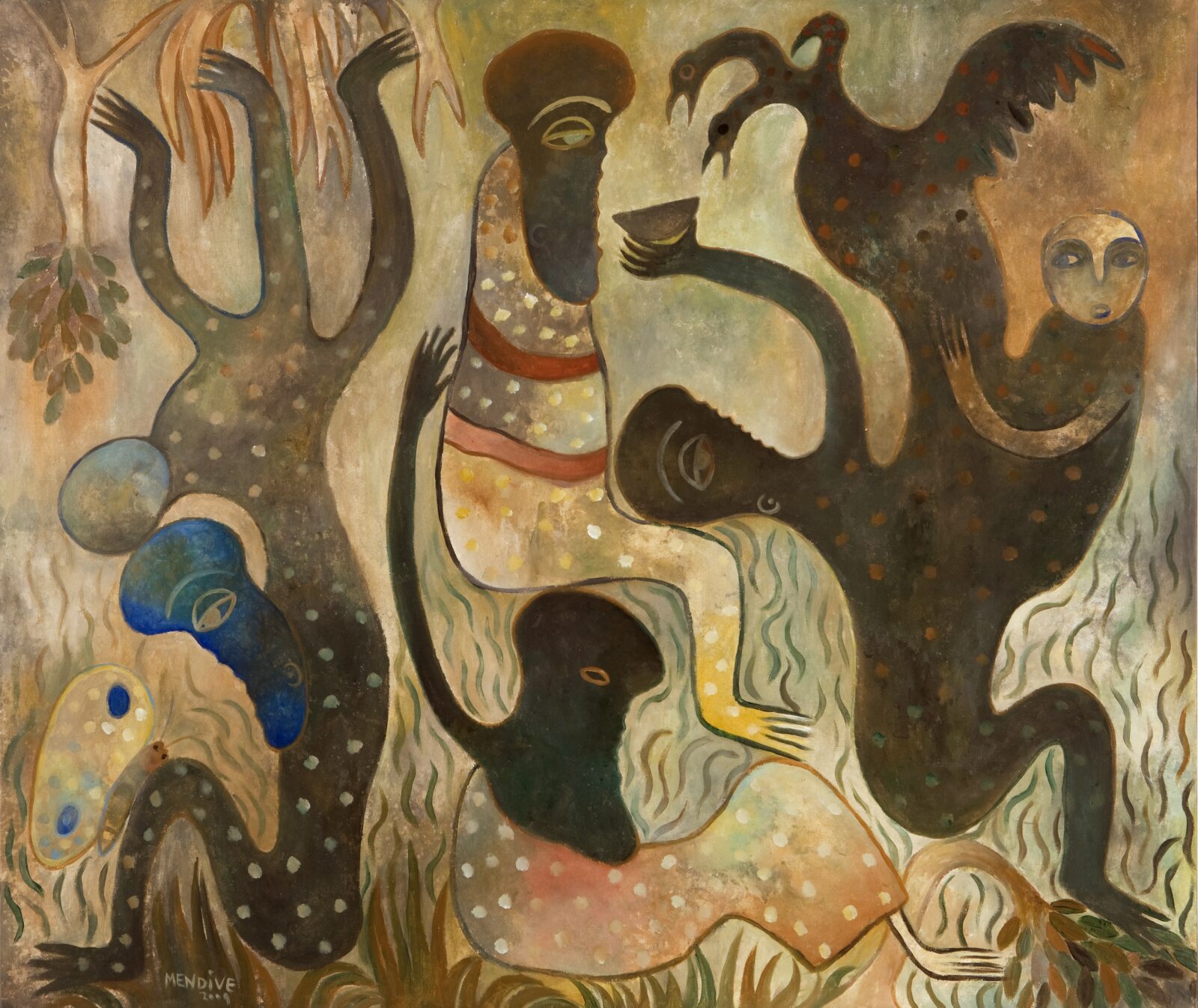Gestures of Faith in Contemporary Cuban Art
Rubin Museum
150 W. 17th St., NYC

Manuel Mendive (b. 1944, Havana; lives and works in Havana); detail of Compartir (Share), 2009; acrylic
on canvas; 33 × 39 in.; courtesy of the Shelley and Donald Rubin Private Collection.
This selection of art features the work of some of today’s leading Cuban and Cuban American artists and reflects the diversity and melding of spiritual practices that have shaped contemporary Cuban culture. The presentation was organized and inspired by the private collection of the Rubin Museum’s founders, Shelley and Donald Rubin, which at present includes, most prominently, modern Indian and contemporary Cuban art. Gestures of Faith, the first presentation of contemporary Cuban art at the Rubin Museum, reveals the spiritual dialogue between the arts of the island and the Himalayas, two very distant cultural traditions with complex histories.